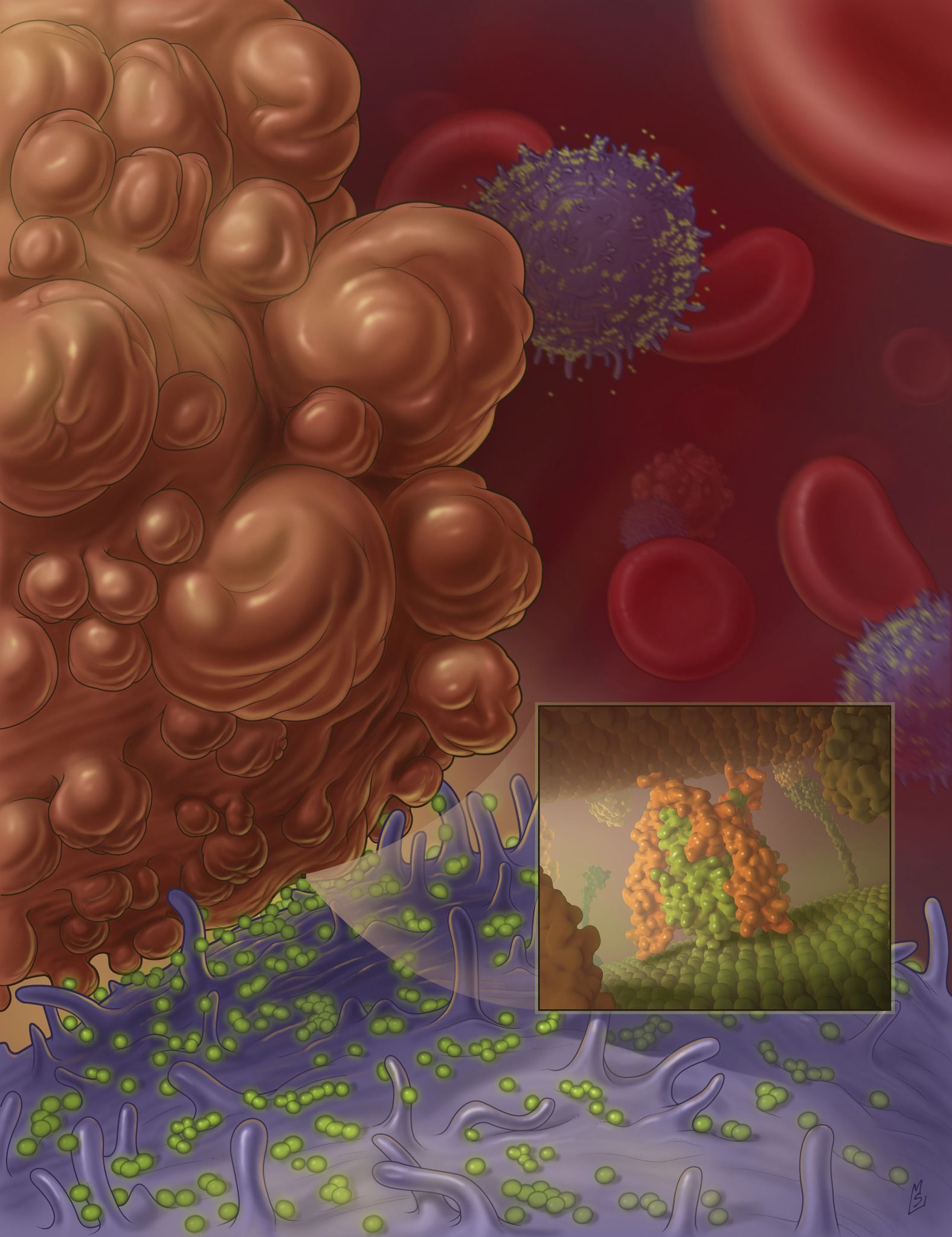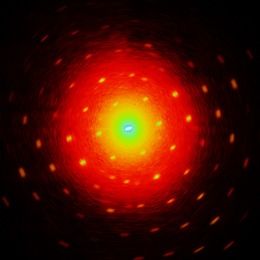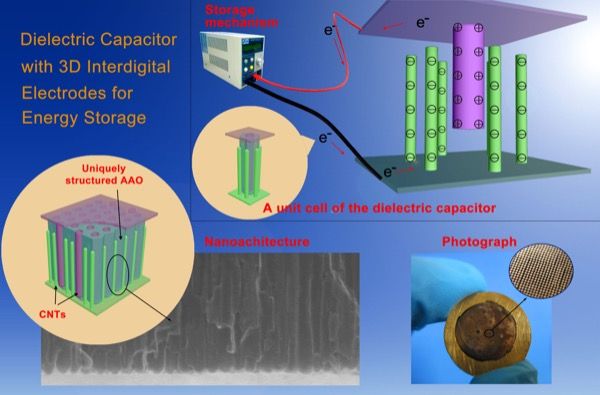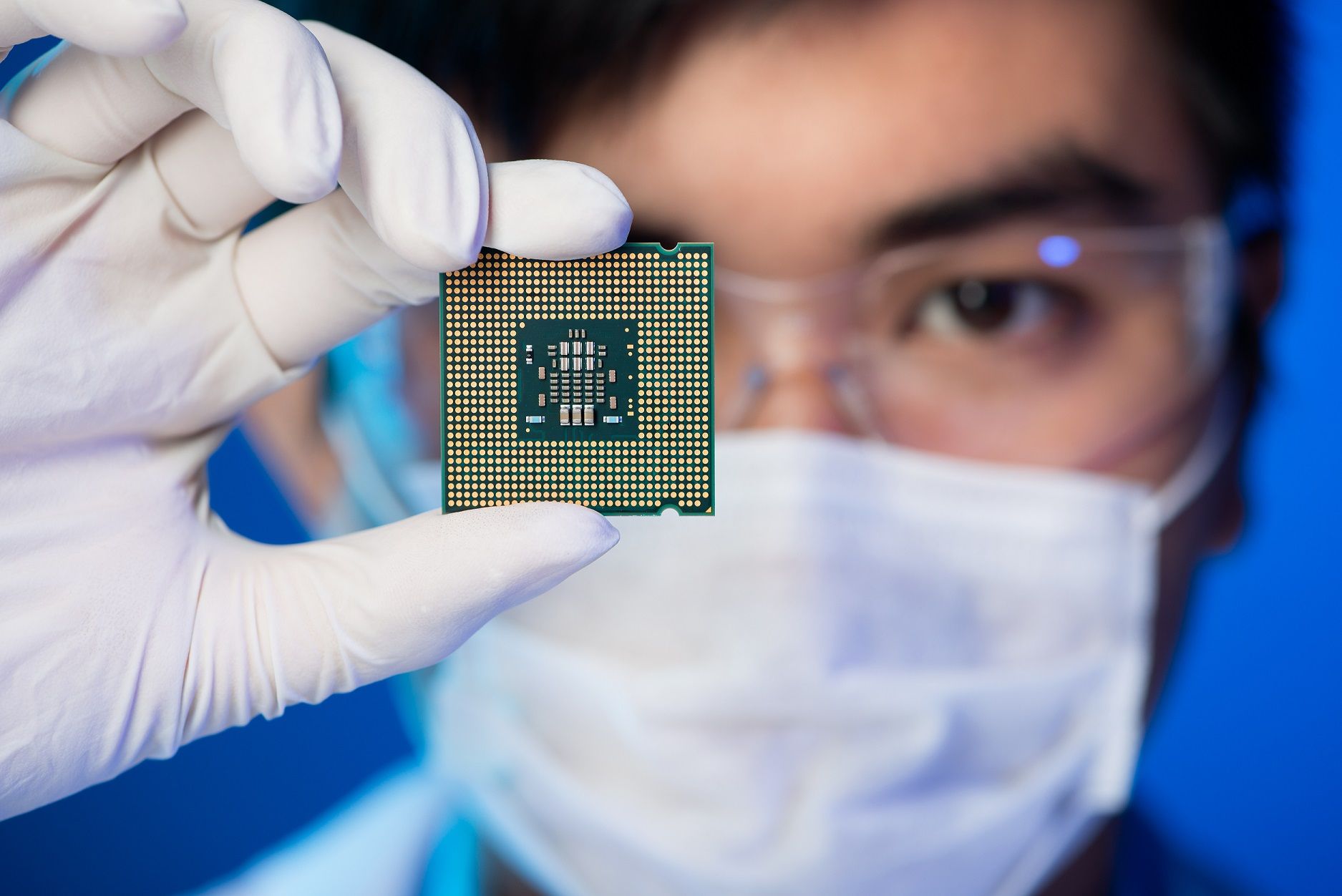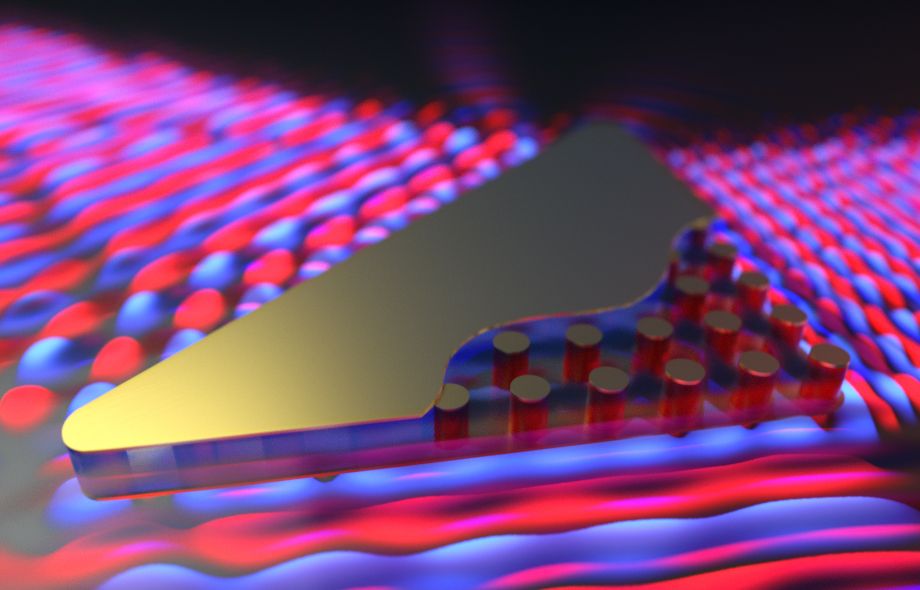Nov 21, 2015
Alternative media choked on YouTube: petition
Posted by Harry J. Bentham in categories: media & arts, nanotechnology
According Representative Press and StormCloudsGathering - YouTube channels both ‘guilty’ of reporting quotes, statistics, and facts that paint US foreign policy in a negative light, Google is actively denying them advertising revenue while continuing to allow more offensive coverage of the same subjects by mainstream media channels.
A petition has been circulated from Change.org, calling on Google to reverse its policy changes which deny advertising at so-called “sensitive” content. It can be signed via the link below.
https://www.change.org/p/larry-page-cofounder-google-susan-w…ting-on-wa
Problems in the way Google sees the information media revolution of the internet are implied in the recent Mont Order society Seven Point program embedded below, which designated Google as a neoconservative-leaning organization. Disruptive technologies, and the potential of nanotechnology, were also addressed in the same section of the Mont Order program, which held a more positive view of individual technologies rather than the companies and executives promoting them.
Continue reading “Alternative media choked on YouTube: petition” »
 According Representative Press and StormCloudsGathering - YouTube channels both ‘guilty’ of reporting quotes, statistics, and facts that paint US foreign policy in a negative light, Google is actively denying them advertising revenue while continuing to allow more offensive coverage of the same subjects by mainstream media channels.
According Representative Press and StormCloudsGathering - YouTube channels both ‘guilty’ of reporting quotes, statistics, and facts that paint US foreign policy in a negative light, Google is actively denying them advertising revenue while continuing to allow more offensive coverage of the same subjects by mainstream media channels.
